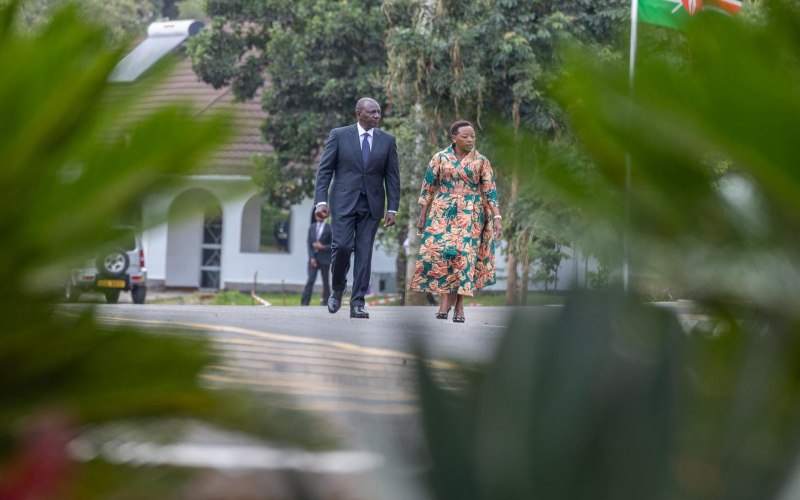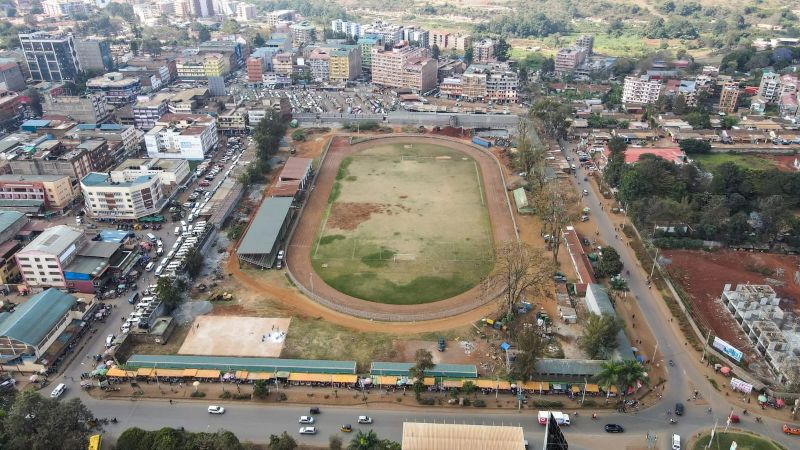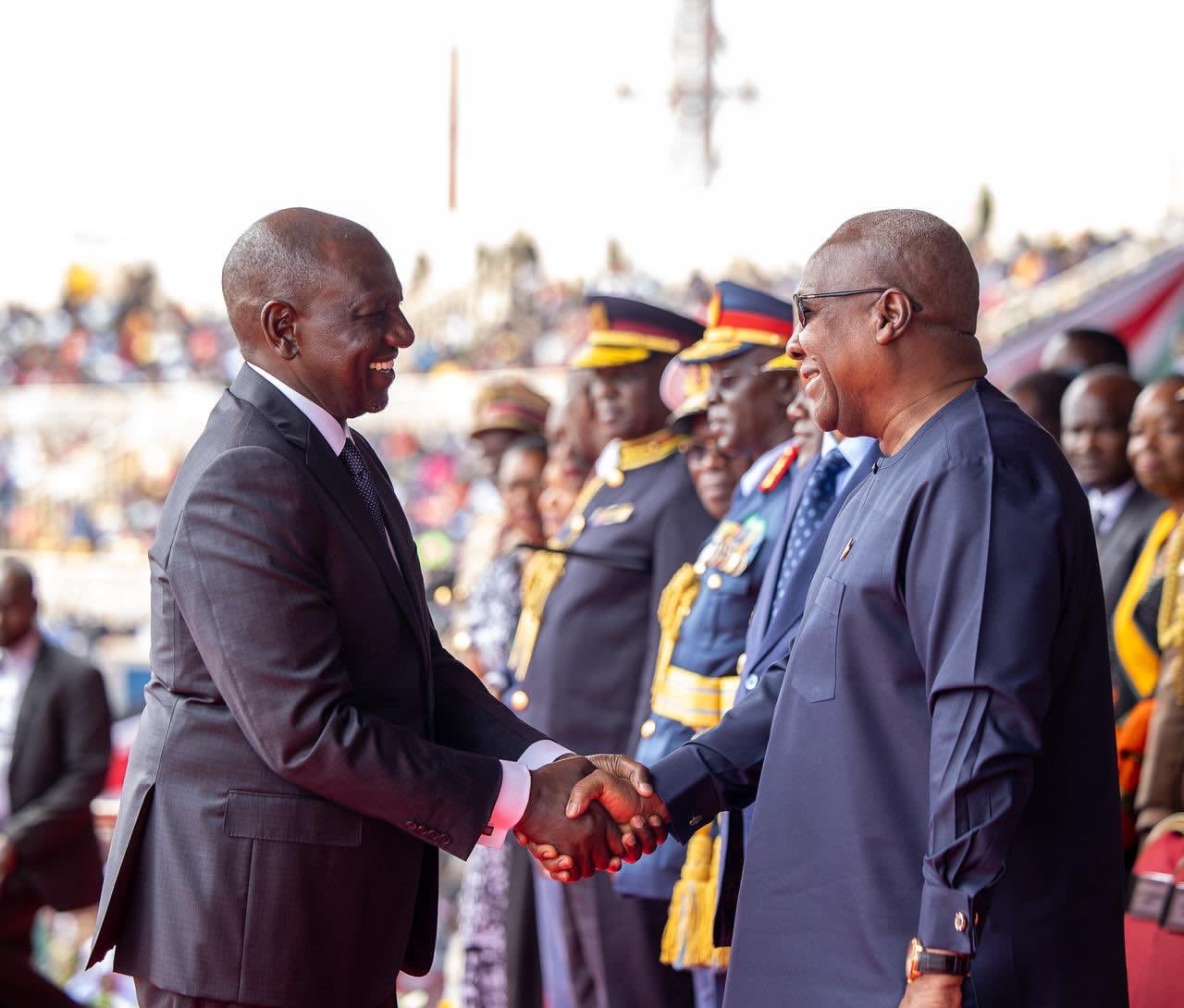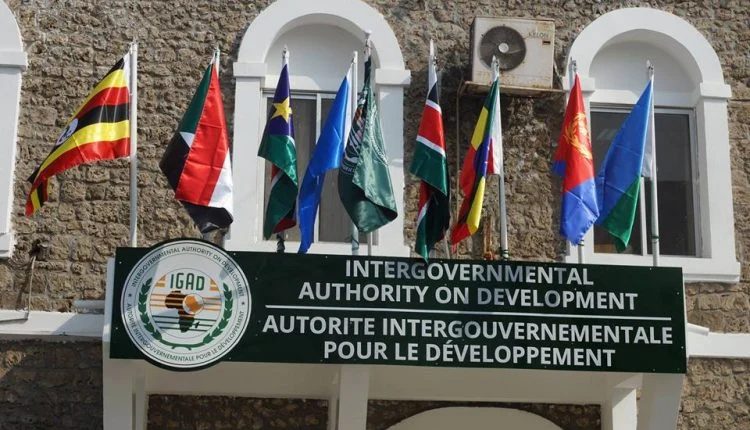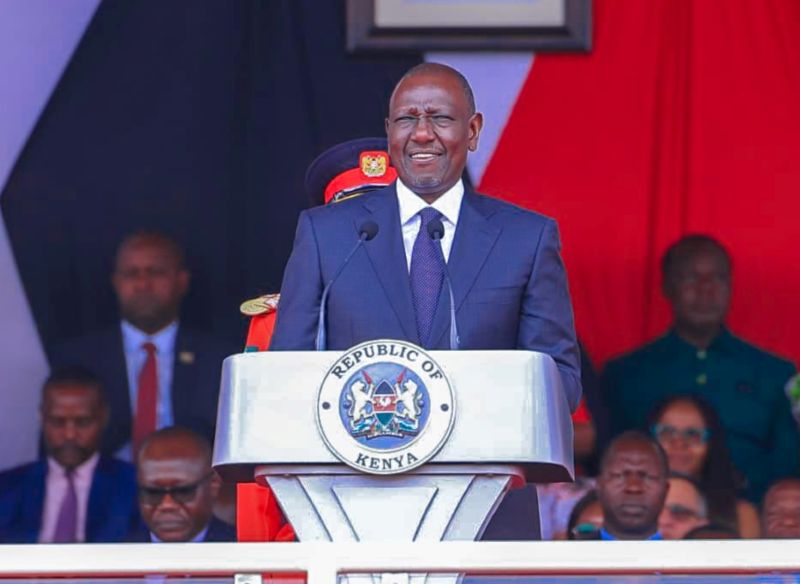Kenya approves duty-free import of 500,000 tonnes of rice
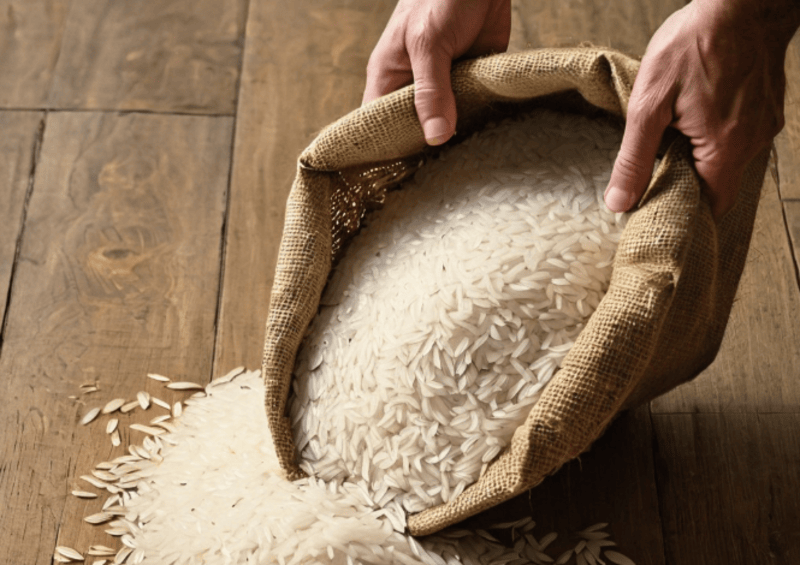
Although over 8,500 rice farmers in Kirinyaga and surrounding counties had urged the government to support local production before opening up to more imports, the numbers tell a different story.
Kenyans could soon see a drop in rice prices after the government approved the tax-free importation of 500,000 metric tonnes of grade 1 white milled rice to address growing demand and ease pressure on the local market.
In a gazette notice issued on Tuesday, July 29, the National Treasury announced that no duties would be charged on imports up to December 31, 2025.
More To Read
- President Ruto pitches National Infrastructure Fund as engine for long‑term growth
- World Bank warns political interference weakening Kenya’s state-owned enterprises
- Women secure majority of contracts in inclusive government procurement programme
- Treasury CS John Mbadi defends ballooning State House budget
- Government, miners form joint committees to curb exploitation, protect communities
- EAC's Nairobi summit pushed to January amid regional tensions
The directive was made under the East African Community (EAC) Customs Management Act of 2004 and was approved following a recommendation from the Ministry of Agriculture and Livestock Development.
“Pursuant to section 114 (2) of the East African Community Customs Management Act 2004 as read with item 20 of Part B of the fifth schedule of the act, the Cabinet Secretary for the National Treasury and Economic Planning upon recommendation by the Cabinet Secretary for Agriculture and Livestock Development, directs that 500,000 metric tonnes of Grade 1 milled White rice be imported into Kenya duty-free on or before December 31, 2025,” the notice read.
The decision comes just weeks after the government announced intentions to reduce rice imports by nearly half to protect local growers.
That plan faced resistance from stakeholders who argued it was unrealistic given Kenya’s widening supply gap.
Although over 8,500 rice farmers in Kirinyaga and surrounding counties had urged the government to support local production before opening up to more imports, the numbers tell a different story.
As of June 2025, the country’s rice consumption stood at 100,000 tonnes per month, while total production for the 2024/2025 season was only 191,000 tonnes.
The shortfall has been attributed to poor irrigation systems, high input costs and competition from cheaper imports, all of which continue to hamper the sector’s growth.
The rice import move mirrors a similar policy shift seen in June, when the EAC Council of Ministers granted Kenya an extension to continue importing both rice and wheat at lower tax rates than those set under the standard EAC Common External Tariff (CET).
Wheat importers were allowed to bring in the crop at a 10 per cent tariff, a major reduction from the usual 35 per cent rate.
Just like with white milled rice, the reduced duties were meant to help the country avoid shortages while maintaining some level of protection for local farmers.
Domestic wheat and rice production currently falls far below national consumption levels.
Kenya relies heavily on rice imports, most of which come from Asian countries. According to the Kenya National Bureau of Statistics, India supplies more than 90 percent of Kenya’s imported rice, followed by Pakistan and Thailand.
Top Stories Today









